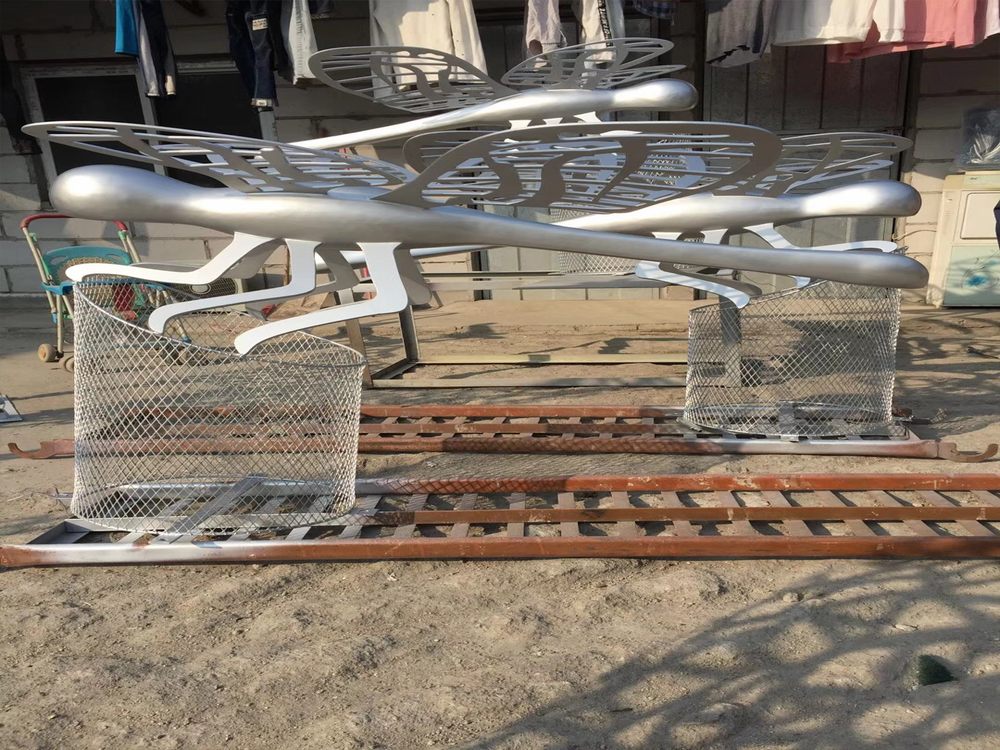
The artistry of wood carving spans centuries, yet modern technology has introduced a divide between traditional hand-carving and machine-aided techniques. Hand-carved wood sculptures embody the soul of craftsmanship, where each chisel mark reflects the artist's personal touch. Artisans spend hours refining details, allowing for organic imperfections that add character. The process is meditative, with tools like gouges and mallets transforming raw timber into unique pieces bearing subtle tool marks and nuanced textures.
Machine-carved sculptures, often produced via CNC routers or laser cutters, prioritize precision and repeatability. Digital designs ensure flawless symmetry, enabling mass production of identical pieces. While efficient, the results lack the warmth of handwork – surfaces appear unnaturally smooth, and intricate details may feel sterile. However, machines excel at complex geometric patterns difficult to achieve manually.
Key differences emerge in three areas:
1. Detail Depth: Hand carving allows for adaptive depth variations, while machine carvings maintain uniform depth.
2. Material Response: Human carvers adjust to wood grain irregularities; machines may tear brittle grains.
3. Artistic Signature: Handmade pieces carry the carver's stylistic fingerprints, whereas machine outputs lack individuality.
Collectors often value hand-carved works for their irreplaceable human essence, while machine-carved items serve functional or decorative purposes requiring affordability and consistency. Both methods have merit, but the choice ultimately depends on whether one prioritizes artistic legacy or technical perfection.

